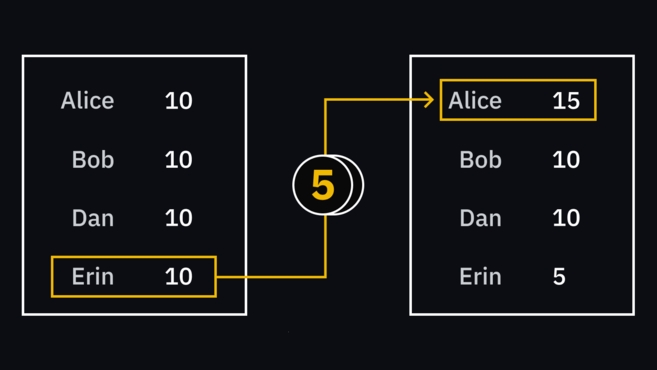Ethereum
What Is Ethereum?
Ethereum is a decentralized computer platform. In comparison to a laptop or a desktop computer, it is not dependent on a single piece of hardware. On the contrary, it is run concurrently by thousands of computers worldwide, implying that it has no owner.
Ethereum, like Bitcoin and other cryptocurrencies, may be used to send and receive digital currency. However, it is capable of much more, such as deploying your own code and connecting with other people's apps. Due of Ethereum's versatility, it can be used to launch a wide variety of complicated applications.
Rather than running on a single server, developers can use Ethereum to write and launch code that operates on a distributed network of computers. In theory, there is no way to filter or disable these programs.
How Does It Work?
We could define Ethereum as a state machine. All this means is that, at any given time, you have a snapshot of all the account balances and smart contracts as they currently look. Certain actions will cause the state to be updated, meaning that all of the nodes update their own snapshot to reflect the change.

The smart contracts that run on Ethereum are triggered by transactions (either from users or other contracts). When a user sends a transaction to a contract, every node on the network runs the contract’s code and records the output. It does this by using the Ethereum Virtual Machine (EVM), which converts the smart contracts into instructions the computer can read.To update the state, a special mechanism called mining is used (for now). Mining is done with a Proof of Work algorithm, much like Bitcoin’s. We’ll get into more depth on this shortly.
What Makes Ethereum Valuable?
We discussed the idea that Ethereum may run code on a distributed network. As a result, external parties are unable to interfere with programs. As part of Ethereum's blockchain, they can be coded to keep the code from being changed. In addition, because the database is open to the public, users can check the code for errors before proceeding.
Apps can now be launched from any location and cannot be shut down. Intriguingly, because its native unit ether stores value, these applications can control how value is transferred. Smart contracts are the software components that make up applications. For the vast majority of circumstances, they can be programmed to work without the need for human interaction.
The concept of "programmable money" has piqued the interest of consumers, software developers, and businesses all around the world.
Last updated
Was this helpful?

